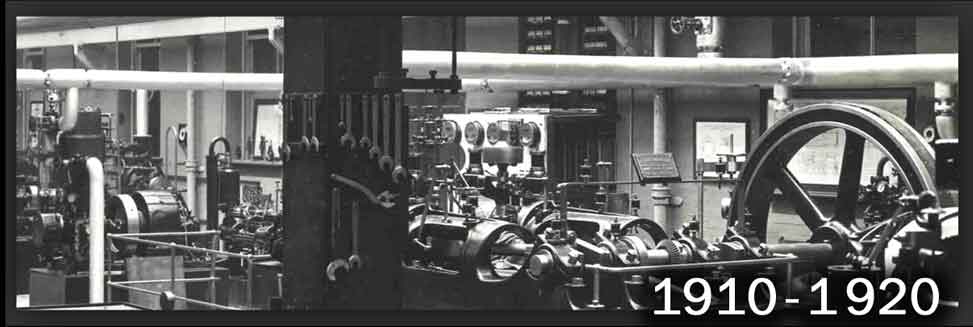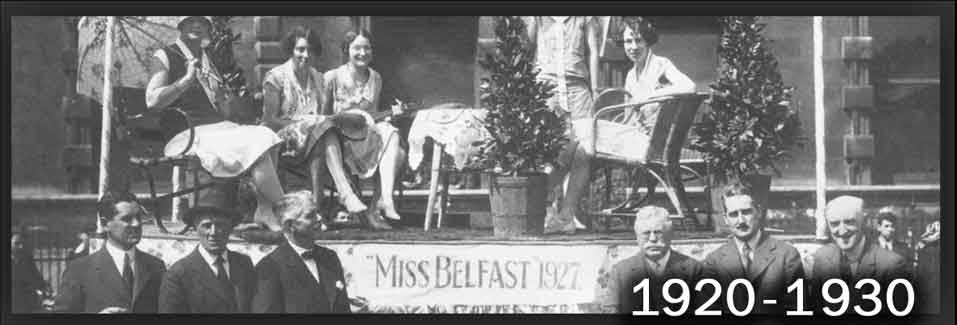In the last 30 years of the 19th century, three educational establishments appeared in response to a demand for technical training. These colleges often operated on shoestring budgets and, with the exception of the School of Art, were housed in cramped, inadequate buildings. These three colleges were ‘The Government School of Art’, ‘The Belfast Working Men’s Institute and Temperance Hall’ and The Belfast Weaving School and Technical School at Hastings Street.
In February 1889, the Belfast Chamber of Commerce praised the good work of the three existing technical colleges. They went on to note that there were serious problems that had to be tackled, chiefly, inadequate accommodation and the lack of public funding. They felt the time had come to establish a technical college, capable of meeting the needs of an expanding workforce in a modern industrial city.
The 1889 Technical Instruction Act empowered the Council to fund technical education via a penny rate. The Council did grant funds to the existing provision to the tune of hundreds of pounds, but did not take up the option of the penny rate, leaving technical education to languish in penury.
The City Council slowly began to concede the necessity of public funding for technical education. In January 1898 the Lord Mayor, Alderman Henderson, stated that a committee would be set up to consider establishing a municipal technical school in Belfast.
An early decision was made to erect a building with several storeys in order to encompass all technical education under one roof. The City Council realised that funding was necessary and finally agreed to levy the penny rate as allowed by the 1889 Act with effect from 1 January 1899.
Remarkably and timely, Westminster Parliament passed The Agriculture and Technical Instruction (Ireland) Act 1899 which established a Department of Agriculture and Other Industries and Technical Instruction for Ireland. On the 1 April 1900 the new Agriculture and Technical Instruction Act came into operation. It was a revolutionary proposal for further education. The modest proposals of the City Council were swamped by the sudden appearance of funding directly from the Exchequer.
In January 1900 a committee was established whose brief was to formulate a scheme for technical instruction including the necessary buildings and equipment.
The Curriculum
On the 29 January 1900 the following scheme was presented for technical instruction:-
• Art
• Pure and Applied Mathematics and Physics
• Mechanical and Electrical Engineering and Naval Architecture
• Chemistry, Pure and Applied
• Textile Fabrics, including Bleaching and Dyeing
• Building Trades and Sanitary Engineering
• Training for Agriculture, Technical, and Manual Teachers
• Botany, Zoology and Geology
• Commerce and Preparatory Classes
• Domestic Economy
Daytime classes were also proposed (formally only evening classes were offered). In 1903, a major development of provision was the decision to establish a school to provide a preparatory course of day instruction for boys who had completed their education in the National School system and who wished to further their studies in order to enter trade or industry. The result of this far-seeing decision was the creation of a Trade Preparatory School, a key new ingredient to the success of the new regime. Entry to the school was by qualifying examination, and, since applicants greatly outnumbered places available, the examination was really competitive. The City Corporation contributed to the scheme through a liberal number of scholarships, giving free tuition in the school.
Most classes moved into the new building in September 1906. One of the first students through the doors on the 11 September 1906 was the 25 year old Harry George Ferguson, an automobile engineer of Little Donegall Street who was to become the ground breaking inventor (father of the modern farm tractor and mechanised farm techniques). In 1906 there were 73 full time staff, 103 occasional (part-time) staff and around 5000 students.







